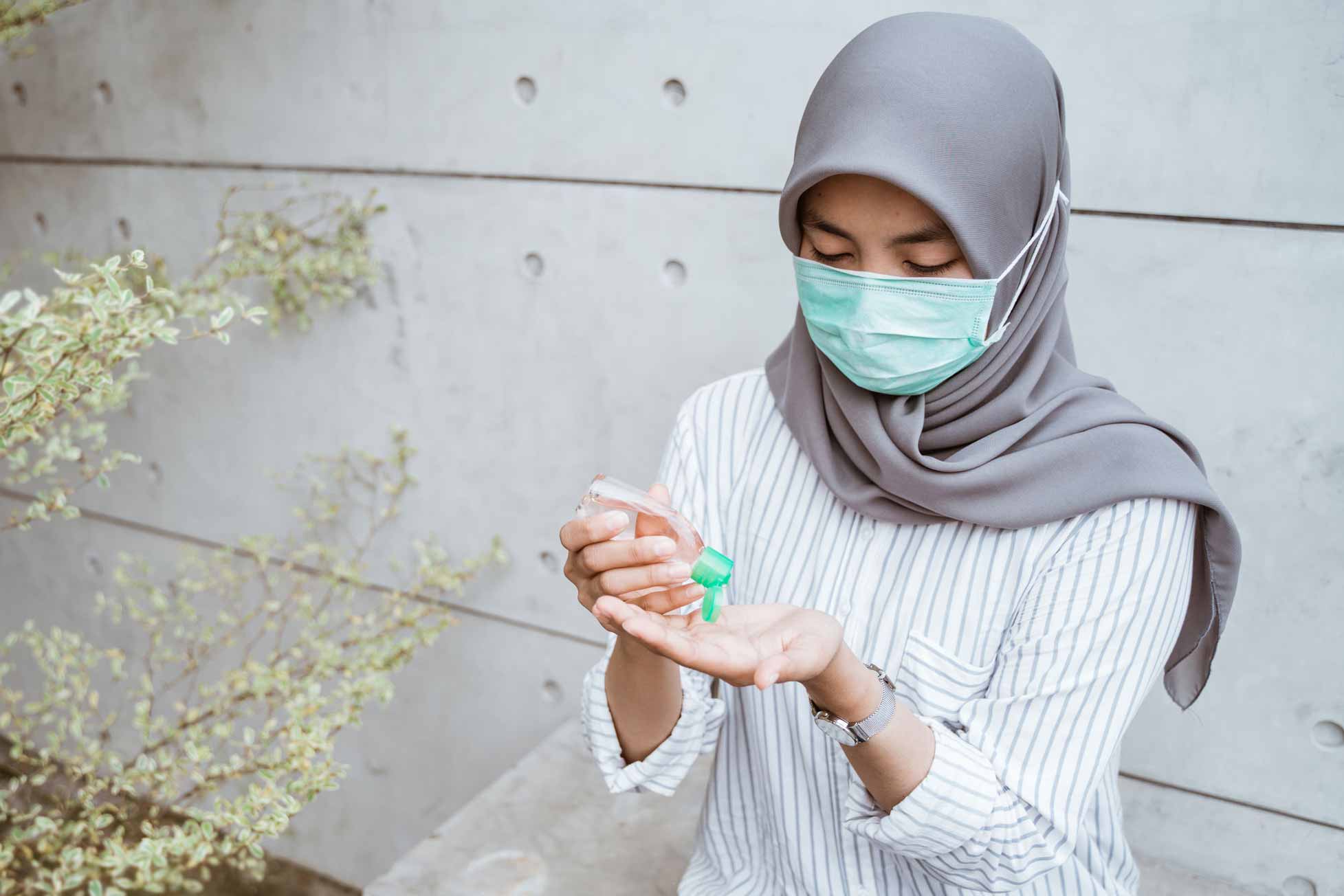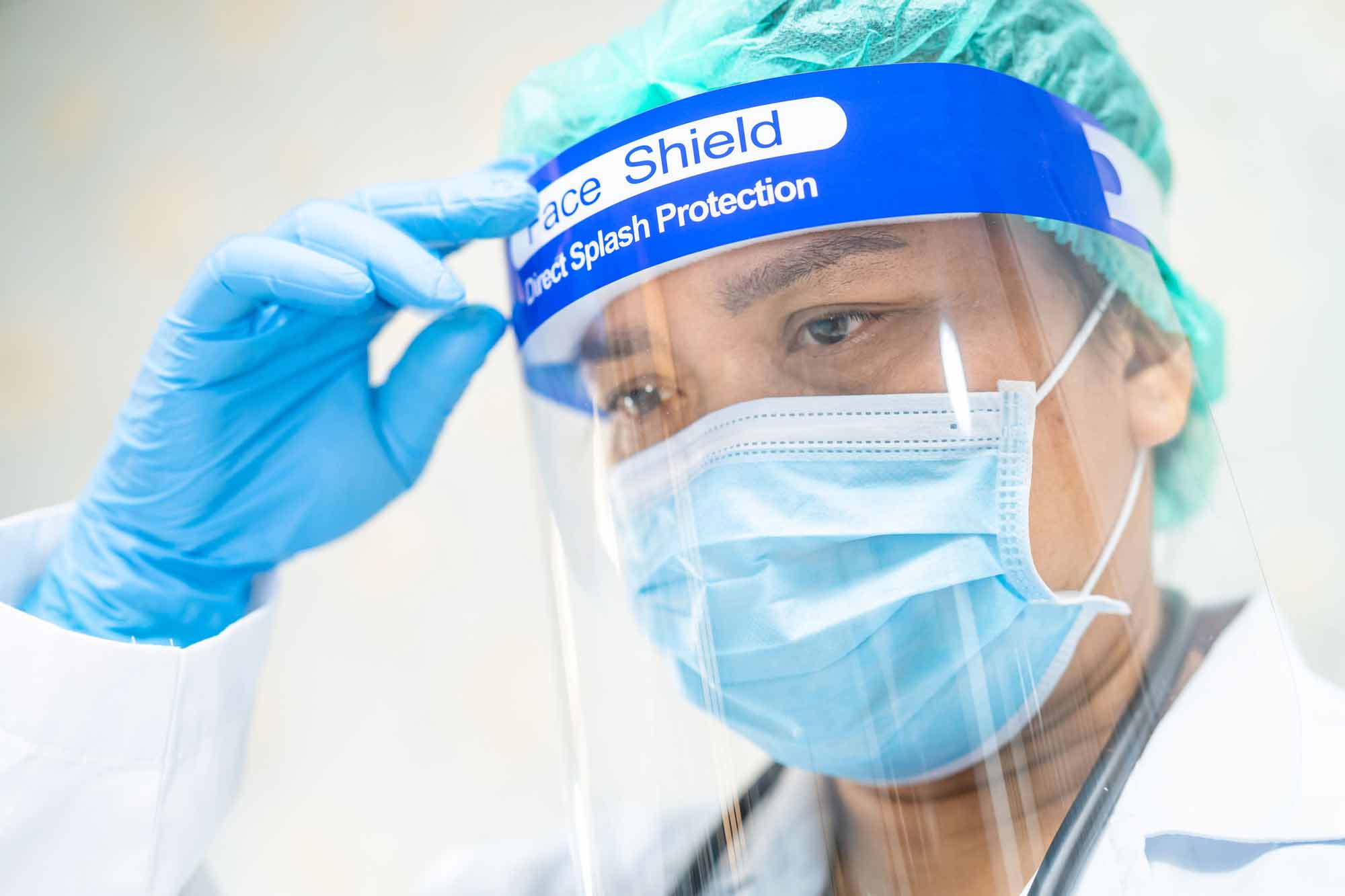
Over the course of the pandemic, the marketplace for vetted, medical-grade PPE has been very difficult to navigate, particularly for small and underserved communities with smaller procurement budgets. Counterfeit PPE and price gouging have been rife as demand surged past need, so much so that the Department of Justice announced the formation of a COVID-19 Fraud Task Force in May 2021.
Read More







